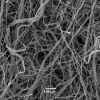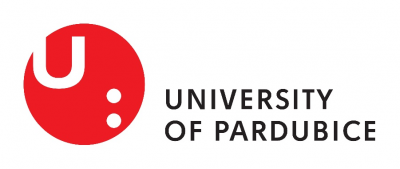New material for covering chronic wounds
Technology description
| The name of the technology: | New material for covering chronic wounds |
|---|---|
| Challenge: |
Non-healing wounds are a worlwide problem, especially in diabetics. Wounds are usually infected with microorganisms that form a very resitant so-called biofilm and have an alkaline pH. Thus, wound protection should simultaneously “acidify“ and disinfect the wound enviroment. There are wound covers or various gels for chronic wounds avaible on the market. Wound covers are often based on a silver disinfectant (newly in nano-form), but the silver is physiologically non-degradable. Gels containing sodium hyaluronate and iodine are also available. Their disadvantage is instability over time. The offered technology brings a solution in the form of a “spinnable“ stable complex of iodine with starch containing a physiologically acceptable acidifying component. |
| Description: | The developed wound covers are based on staple microfibers made of sodium hyaluronate and oxidized starch, which also contain physiologically acceptable acid. The wound cover is a sheet, where the diameter of the fibrils is 200 nm - 15 μm, the length of the fibrils is 0.5 - 10 cm, and the surface weight of the cover is 10 - 30 g/m2. Iodine can also be introduced into the cover as a disinfectant, which forms a very stable complex with the oxidised starch over time. The shelf life is over 3 years. |
| Commercial opportunity: |
End customers are hospitals, medical practices, but also patients in home care or beauty salons. Technology and production of wound covers must be operated by a company capable of manufacturing medical devices, companies producing bandages and plasters, or a regular pharmaceutical company. |
| IP protection status: | CZ patent application filed |
| Development status: |
Phase 3Corresponds with TRL 5 and TRL 6 Technology validation and implementing it in real environment. Testing the technology outside of the laboratory and its adjustment to external conditions.
|
| Partnering strategy: | Collaboration licensing |
| More information: | |
| Images: | |
| Categories: | Life Science and Health Chemistry |
| Owner of a technology: | Univerzita Pardubice |

